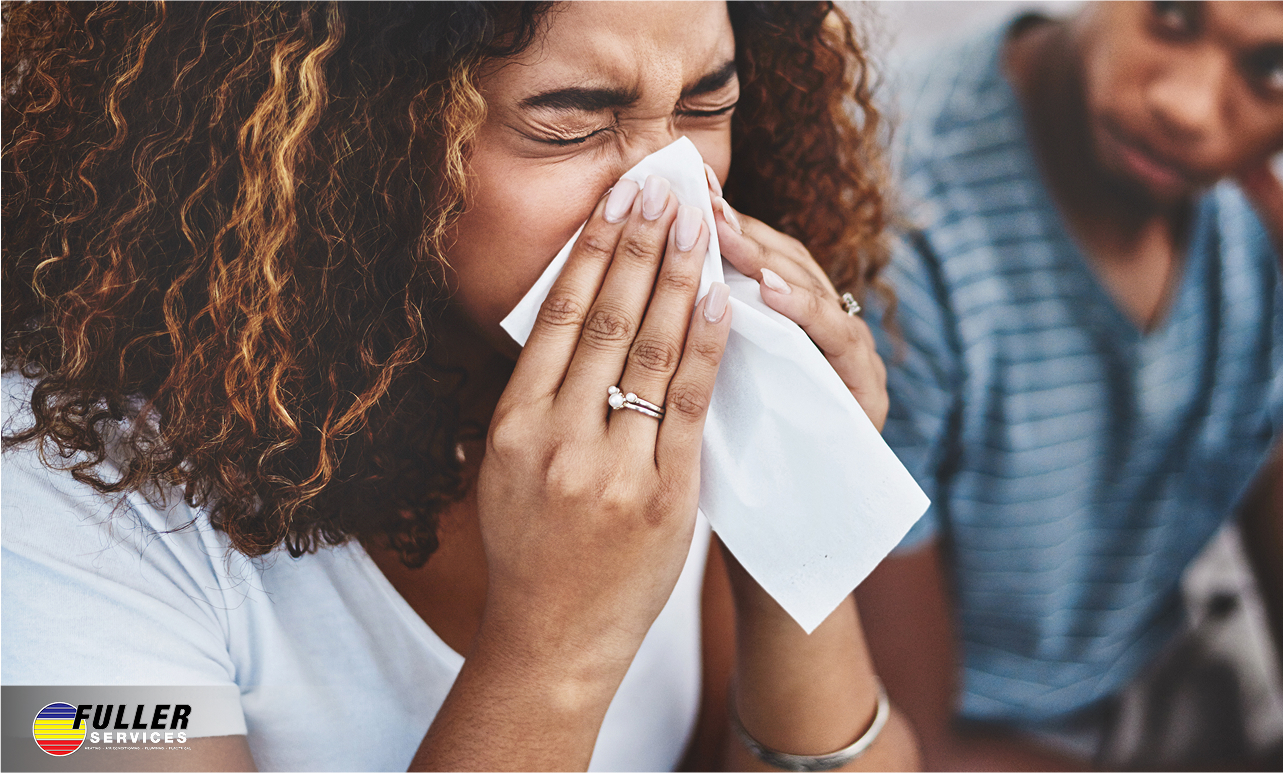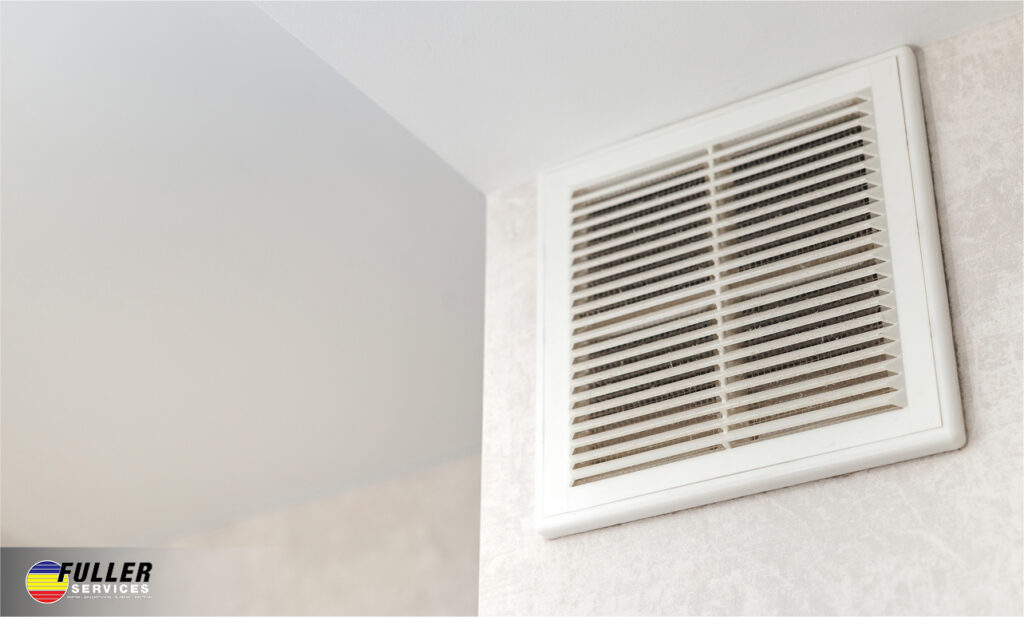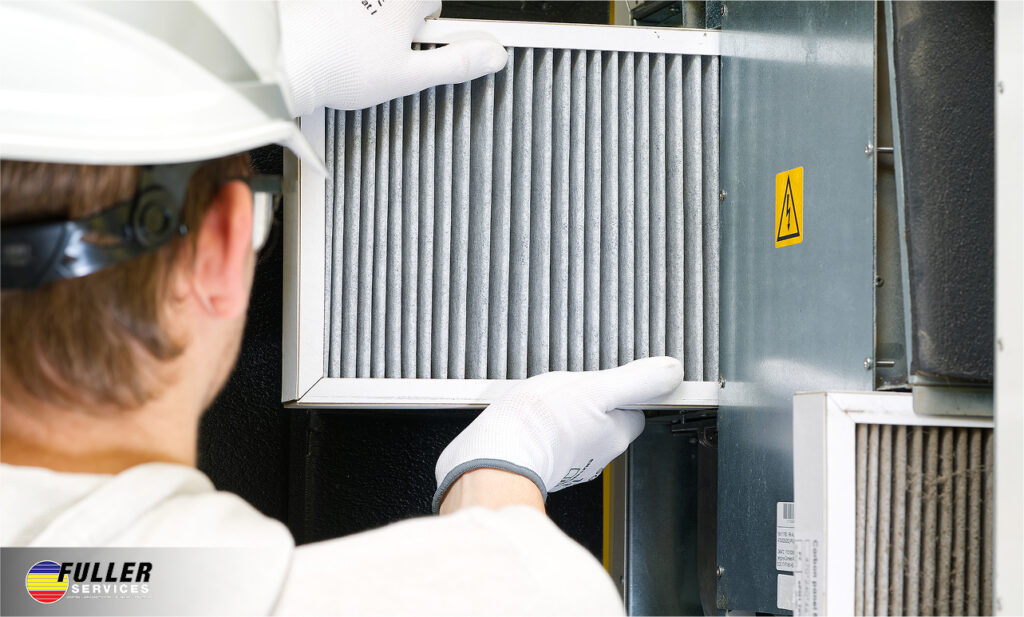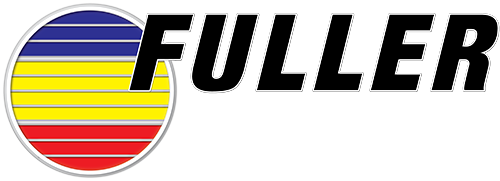
Spring is in the air—and unfortunately, so are allergens. As flowers bloom and trees release pollen, many homeowners find themselves sneezing and dealing with watery eyes, even indoors. What many don’t realize is that your HVAC system plays a crucial role in your home’s indoor air quality. When not properly maintained, it can actually circulate allergens throughout your home, making symptoms worse.
The good news?
With some targeted maintenance and smart upgrades, your HVAC system can become your ally in the fight against spring allergies. Let’s explore how you can transform your heating and cooling system into an allergen-fighting machine this season.

Understanding Spring Allergens and Your HVAC
Before diving into solutions, it helps to understand what we’re up against. Spring’s biggest allergy culprits include tree and grass pollen, mold spores that thrive in damp spring conditions, and dust mites that multiply as temperatures rise.
These tiny particles find their way into your home through open windows, on clothing, or through small cracks in your home’s exterior. Once inside, your HVAC system can pick them up and distribute them to every room in your house with each heating or cooling cycle. Without proper filtration and maintenance, your system essentially becomes an allergen distribution network!
Is Your HVAC System Contributing to Your Allergies?
Not sure if your system needs attention?
Here are some telltale signs:
- You experience more severe allergy symptoms when your system is running. This often indicates that allergens are being circulated through your ductwork.
- You notice dust collecting around your vents or registers shortly after cleaning. This suggests your system is pushing out contaminated air.
- There’s a musty smell when your system turns on. This could indicate mold growth somewhere in your system—a common allergy trigger.
- Airflow seems weak or inconsistent in certain rooms. Restricted airflow often points to clogged filters or ducts filled with allergen-laden debris.
These symptoms all connect back to how HVAC contributes to indoor air quality, making it critical to maintain and upgrade your system when necessary.

What Are the Best Ways to Allergy-Proof an HVAC System?
Ready to fight back against spring allergens?
Here’s what you need to do:
Upgrade Your Air Filters
Standard HVAC filters catch large dust particles but miss many allergens. For families with serious allergies, a MERV 13 filter may be worth exploring—but be sure your system can support it without sacrificing airflow. These filters trap smaller particles like pollen, pet dander, and even some bacteria. Just remember—higher-rated filters restrict airflow more, so consult with a professional to ensure your system can handle the upgrade.
Remember to change your filters regularly—every 30-90 days is typical, but during heavy allergy season, monthly changes might be necessary. Mark your calendar or set a phone reminder so you don’t forget this simple but effective step.
Schedule Professional Duct Cleaning
Over time, your ductwork can accumulate layers of dust, pollen, and other allergens. A professional duct cleaning removes these buildup areas that your regular filter changes can’t address.
We recommend scheduling a professional duct cleaning every 3-5 years for most homes, or more frequently if you have pets, recent renovations, or family members with severe allergies. A thorough cleaning removes the accumulated allergens and improves your system’s efficiency—a win-win for your health and your utility bills.
Control Your Home’s Humidity
Mold and dust mites thrive in humid environments. Keeping your home’s humidity between 40 and 50% can significantly reduce these allergens. Your HVAC system plays a key role in humidity control, especially if equipped with a whole-home dehumidifier.
During spring’s damp days, running your air conditioner can help remove excess moisture from the air. For more precise control, consider adding a whole-home dehumidifier to your existing system. We can help you evaluate whether this addition makes sense for your specific situation.

Advanced Solutions for Allergy Sufferers
If you or your family members suffer from severe allergies, these additional measures can provide extra relief.
Whole-Home Air Purification Systems
While standalone air purifiers help in single rooms, whole-home purification systems work alongside your HVAC to clean all the air circulating through your home. These systems use multiple technologies to capture and neutralize allergens, including:
HEPA filtration that captures particles as small as 0.3 microns, Activated carbon filters that absorb odors and some gases, Electrostatic precipitation that charges and collects airborne particles.
UV Light Installation
Ultraviolet germicidal lights installed in your HVAC system can kill mold, bacteria, and certain viruses as air passes through the system. These lights are particularly effective at preventing mold growth on cooling coils—a common problem in humid spring conditions.
Take Action Before Allergy Season Peaks
Don’t wait until allergy symptoms are in full swing to address your HVAC system. Preparing now can significantly reduce allergen levels in your home throughout the spring season.
At Fuller HVAC, we understand how important clean indoor air is for your family’s comfort and health. Our certified technicians can assess your current system, recommend appropriate upgrades, and perform the maintenance needed to turn your HVAC system into an allergen-fighting ally.
Contact us today for a spring HVAC assessment and breathe easier all season long. Your lungs—and your sinuses—will thank you!

